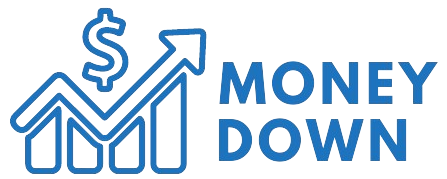In a Medtronic assembly plant in Tijuana, Mexico, employees work on a stent transplant production line in 2014.
Bloomberg Finance
PAcemacher. Insulin pumps. Hearing aids. These are only a couple of of the essential medical devices to which hospitals and patients depend on – and who could see higher prizes as a consequence of the tariffs of President Trump.
Despite months of aggressive lobbying, medical devices didn’t receive education that pharmaceutical firms did. And with possibly 40% of all devices produced abroad, you might be probably on a difficult hit that goes through device manufacturers, hospitals, insurers and tens of millions of individuals whose health relies on you. Mexico, where the tariff rate was set to 25%, is a vital stroke for manufacturing, while other devices are carried out in Europe, where the speed is now 20%.
Erik Wexler, CEO of Providence, a non -profit Catholic health system near Seattle, to which 51 hospitals belong, told Forbes By e -mail that early estimates show, tariffs could increase the prices of $ 10 million to $ 25 million per 12 months. This is a major number for the health system, the network of which also includes greater than 1,000 clinics, which A reported 644 million US dollars loss in 2024.
“The healthcare supply chain is fragile,” said Wexler, who took excessive job of the health system in January. He identified the difficulties of getting masks and ventilation devices during pandemic and the dearth of critical IV fluids after the destruction of the manufacturer of Medical Products through the hurricane of last 12 months. While Wexler welcomed the efforts to diversify health care and increase household production, he identified the development problems for health care from the politics of Trump management. “Potential cuts in Medicaid In addition to the tariffs, health systems will cripple throughout the country that could create a national emergency with regard to access to health care, especially for those who are most susceptible.”
Since supply chains are complex and intertwined, devices compiled within the USA may even depend on foreign bodies. For example, electronic devices can include chips which were imported from Asia. “The components could also be subject to tariffs,” said Douglas Kent, Executive Vice President of Association for Supply Chain Management. “You have to break it onto the Bill of Materials level, not just on the end product.”
“The healthcare supply chain is fragile.”
Lobby groups comparable to the American Hospital Association and Advamed, a bunch for medical devices, had strongly advanced within the months before the tariffs on Wednesday for an exception to medical devices. And then they continued to demand for help. In an evidence on Thursday, Akin Dehan, VP of the American Hospital Association for quality and patient safety said that it’s “critical” to lack exceptions to medical products and for which foreign production is a big a part of the offer. To the objects which can be currently lacking The FDA’s shortage shortage.
“Customs are not just price hikes -they are a pressure test for the supply chain in the healthcare system,” said Ash Shehata, head of the US health sector at KPMG, to Trade Publication Chief Healthcare Executive,
However, the worth increases are inevitable in every industry. A recently carried out survey on supply chain management amongst 400 experts in the availability chain showed that 65% plans to pass on the prices to their customers. Forbes that he expected medical devices to follow the broader pattern. In the case of medical devices, this might mean higher costs for stressed hospitals or increased prices for tightly cut consumers.
“The sector is already burdening that you are trying to reduce health care costs, and now you have this additional burden,” he said.
More from Forbes

